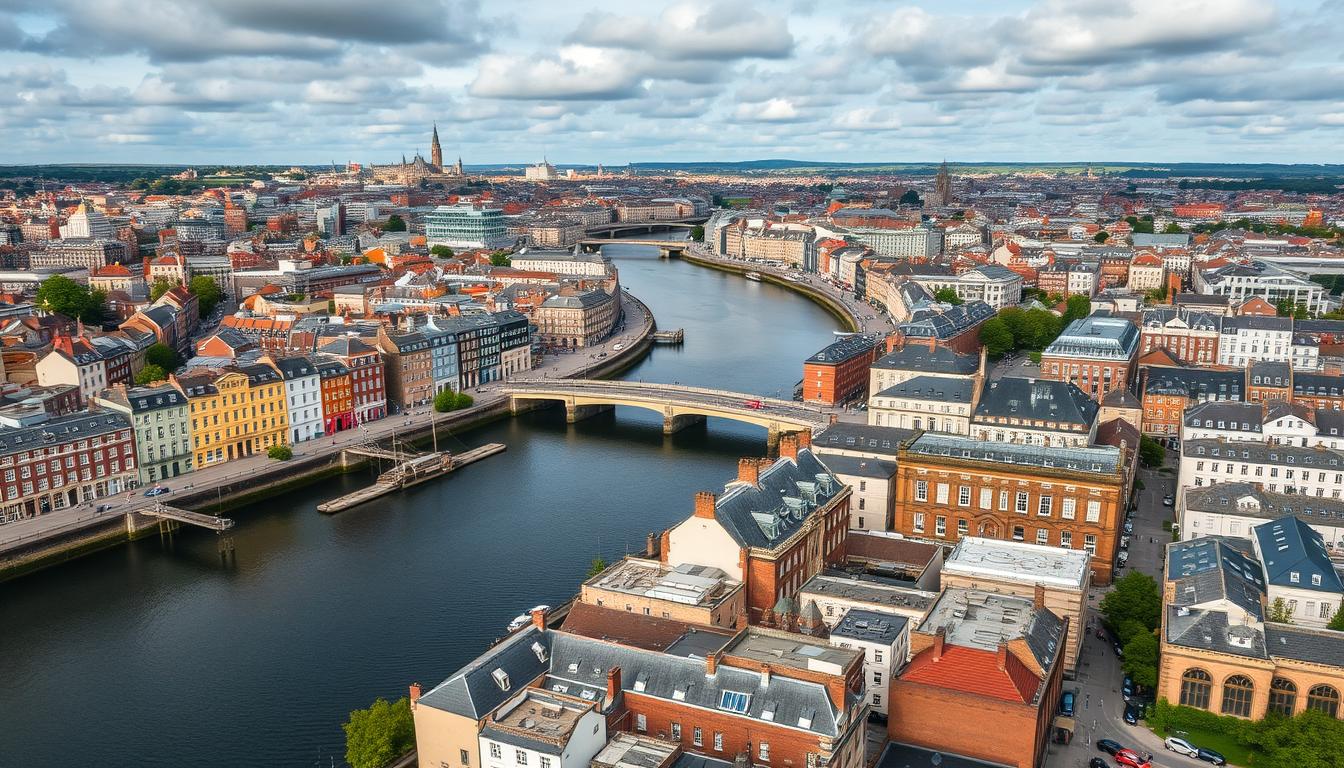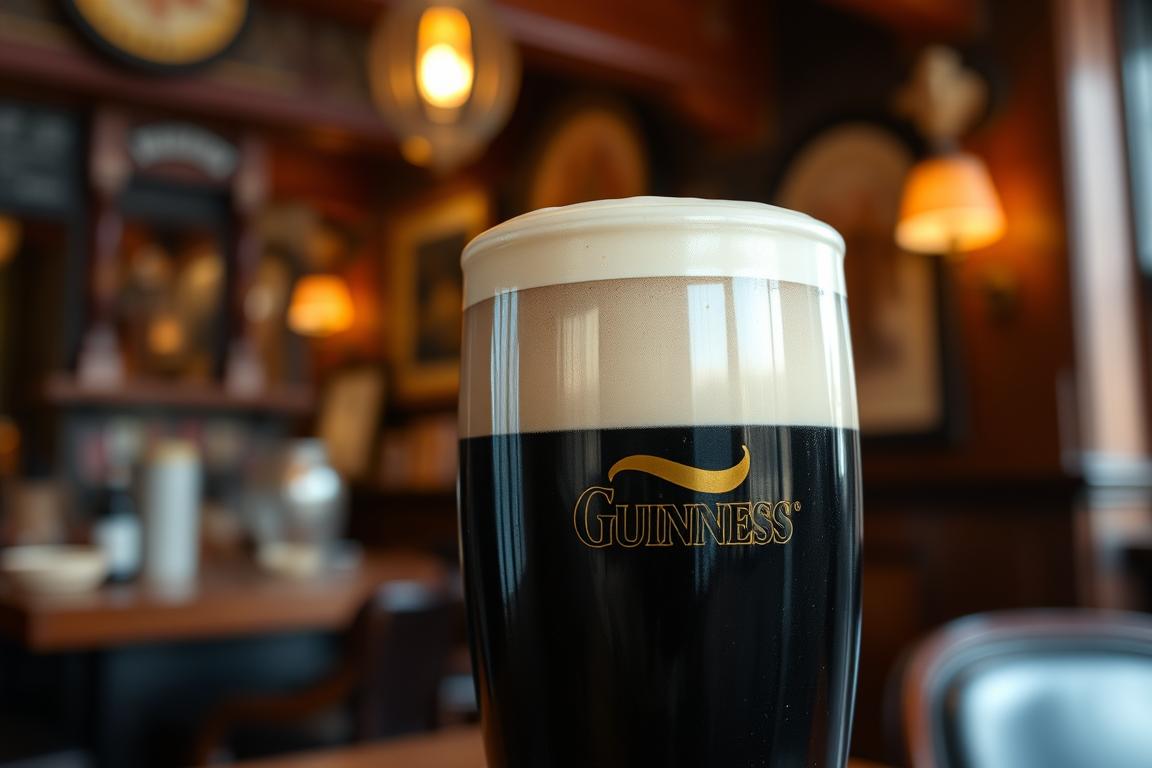Planning Your Dublin Trip: Essential Resources
Before diving into whether Dublin is worth your time and money, here are the resources I recommend for planning your visit:
Dublin Trip Planning Resources
- Accommodation: offers the best selection of Dublin hotels and apartments
- Flights: for finding affordable flights to Dublin Airport
- Attractions: for saving on major attractions
- Tours: for guided experiences and day trips
- Transportation: for public transit information
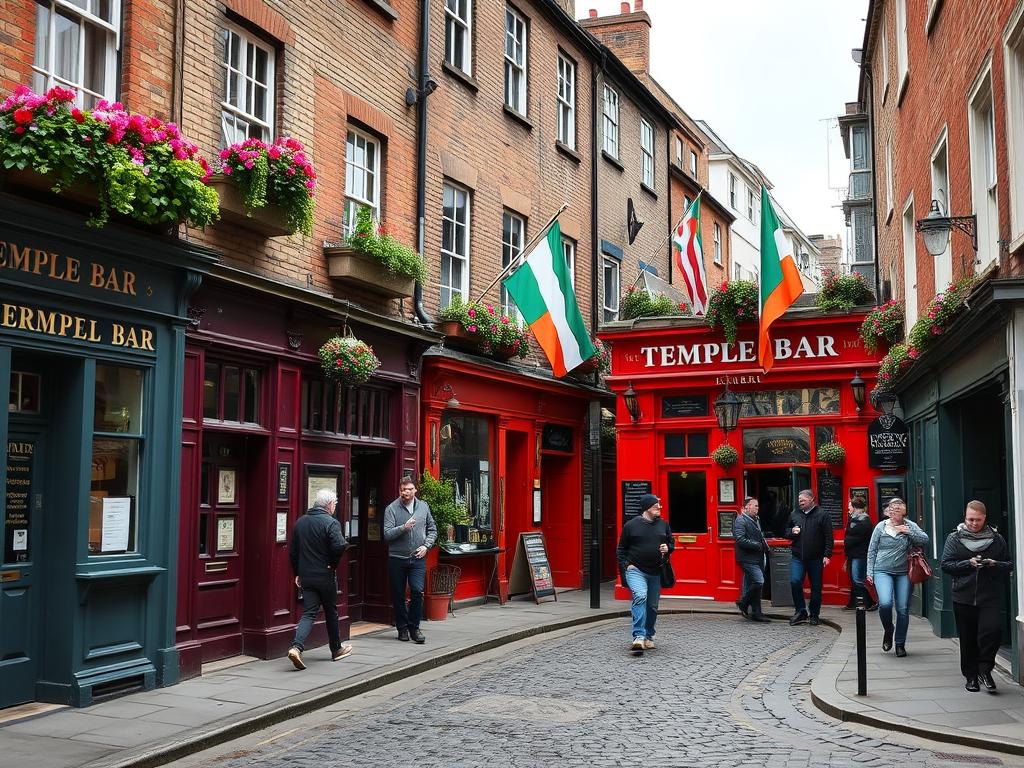
Pros of Visiting Dublin
- Walkable city center with most attractions within 20-30 minutes on foot
- Rich literary heritage (Joyce, Wilde, Stoker) with dedicated museums
- Genuine Irish pub culture with traditional music sessions
- Fascinating history spanning Vikings to modern independence
- Excellent museums, many with free admission
- Gateway to exploring the rest of Ireland
- Friendly locals willing to chat and offer recommendations
Cons of Visiting Dublin
- Significantly higher prices than the rest of Ireland
- Unpredictable weather with frequent rain (even in summer)
- Overcrowded tourist areas, especially Temple Bar
- Limited authentic experiences in the main tourist zones
- Not as visually stunning as other European capitals
- Accommodation shortage leading to inflated hotel prices
- Some attractions don’t justify their high entrance fees
Beyond Temple Bar: Dublin’s Overlooked Neighborhoods
While Temple Bar gets all the attention, Dublin’s most authentic and enjoyable experiences often lie in less-visited neighborhoods. Here’s where locals actually spend their time:
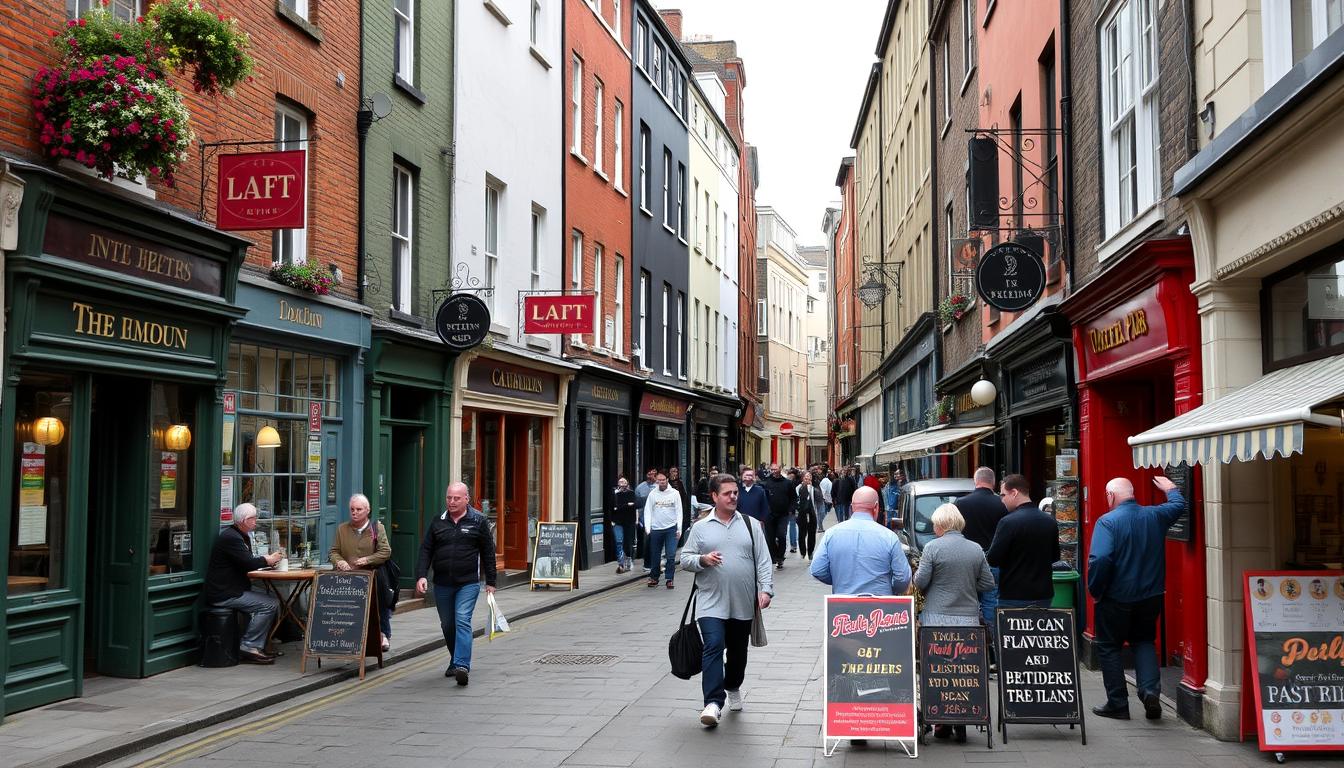
The Liberties
One of Dublin’s oldest neighborhoods, The Liberties offers a glimpse into working-class Dublin history. Visit the Teeling Whiskey Distillery, explore the vibrant Meath Street market, and enjoy significantly cheaper pints at local pubs like The Liberty Belle.
Stoneybatter
Dublin’s hipster haven features excellent coffee shops, craft beer pubs, and independent restaurants. Visit The Glimmer Man for a proper local pub experience, grab coffee at Proper Order, and dine at L. Mulligan Grocer for modern Irish cuisine.
Portobello
This canalside neighborhood offers charming walks along the Grand Canal, excellent restaurants, and a more relaxed atmosphere. The Bernard Shaw pub and Bretzel Bakery are local institutions worth visiting.
“The real Dublin exists beyond the tourist trail. Walk 10 minutes in any direction from Temple Bar and you’ll find where Dubliners actually eat, drink, and socialize—usually at half the price.”
Dublin’s Seasonal Challenges: When to Visit (and When to Avoid)
Dublin’s weather and tourist patterns create distinct seasonal experiences. Here’s the honest assessment of Dublin throughout the year:
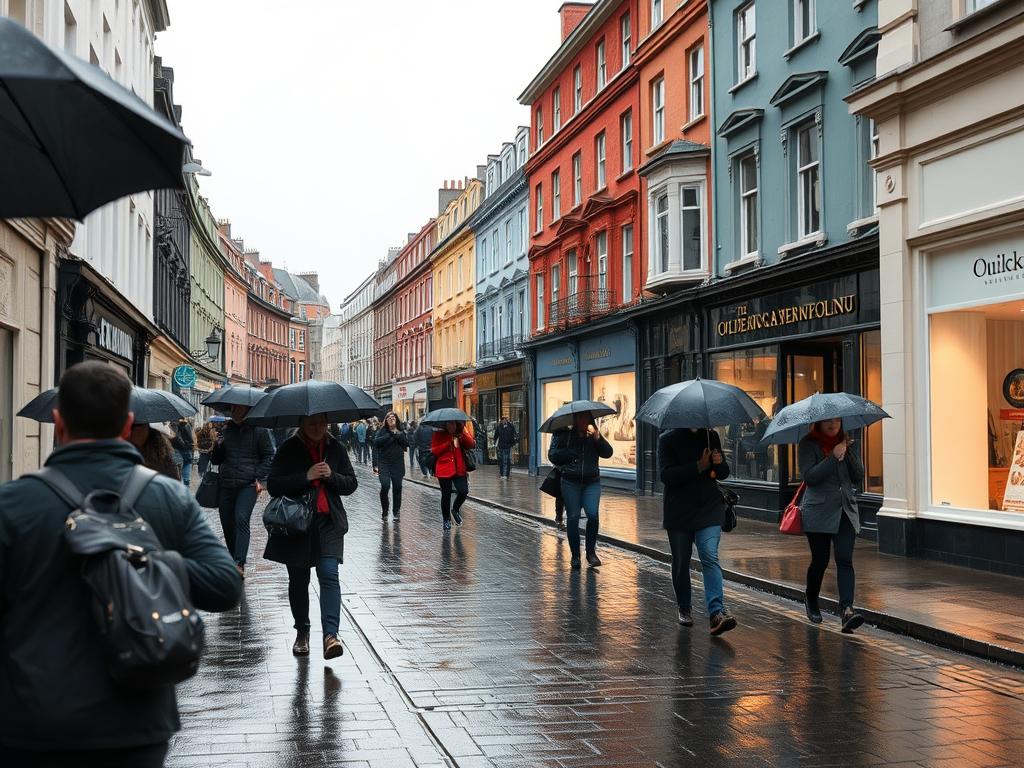
| Season | Weather Reality | Crowd Levels | Accommodation Prices | Worth Visiting? |
| Spring (Mar-May) | 8-15°C, frequent rain showers | Moderate, very busy around St. Patrick’s Day | High (extreme during St. Patrick’s week) | Yes, but avoid St. Patrick’s Day unless you love crowds |
| Summer (Jun-Aug) | 15-20°C, still expect rain every few days | Peak tourist season, attractions are crowded | Highest of the year | Yes, but book well in advance and expect crowds |
| Autumn (Sep-Nov) | 10-15°C, increasing rainfall | Moderate, decreasing after October | Moderate | Yes, September is ideal with fewer crowds |
| Winter (Dec-Feb) | 4-8°C, frequent rain, limited daylight (8 hours) | Low except Christmas/New Year | Lowest (except holidays) | Only if you don’t mind the weather and short days |
Local Insight: September offers the best balance of decent weather, moderate crowds, and reasonable prices. The days are still long enough to enjoy outdoor activities, and you’ll find it easier to experience Dublin like a local.
Is Dublin Worth Visiting for Different Traveler Types?
Dublin offers vastly different experiences depending on your travel style, budget, and interests. Here’s my honest assessment for different types of travelers:

Budget Travelers
Dublin can be challenging on a tight budget, but not impossible. Free attractions like the National Museum, National Gallery, and St. Stephen’s Green help offset the high accommodation costs. Street food and supermarket meals can replace expensive restaurants.
Budget Tip: The Dublin City Library on Pearse Street offers free walking tours of the city center on select days. Check their website for the current schedule.
Families with Children
Dublin offers several family-friendly attractions like Dublin Zoo, the Natural History Museum (free), and interactive experiences at EPIC The Irish Emigration Museum. However, many “traditional” Dublin experiences (pubs, literary sites) may not engage younger children.
Family-Friendly Dublin Tour
This 2.5-hour walking tour is specifically designed for families with children, featuring interactive storytelling, Viking history, and Irish myths that keep kids engaged.
Solo Travelers
Dublin shines for solo travelers. The friendly pub culture makes it easy to meet locals and fellow travelers, while the compact city center is safe and navigable. Literary pub crawls and walking tours provide built-in socialization opportunities.
History and Culture Enthusiasts
Dublin is a treasure trove for history buffs. From the ancient Book of Kells to Kilmainham Gaol’s powerful story of Irish independence, the city offers deep historical immersion. Literary fans will appreciate the Writers Museum and James Joyce Centre.
Best Free and Affordable Attractions
Dublin doesn’t have to break the bank. These free and low-cost attractions offer authentic experiences without the hefty price tags:
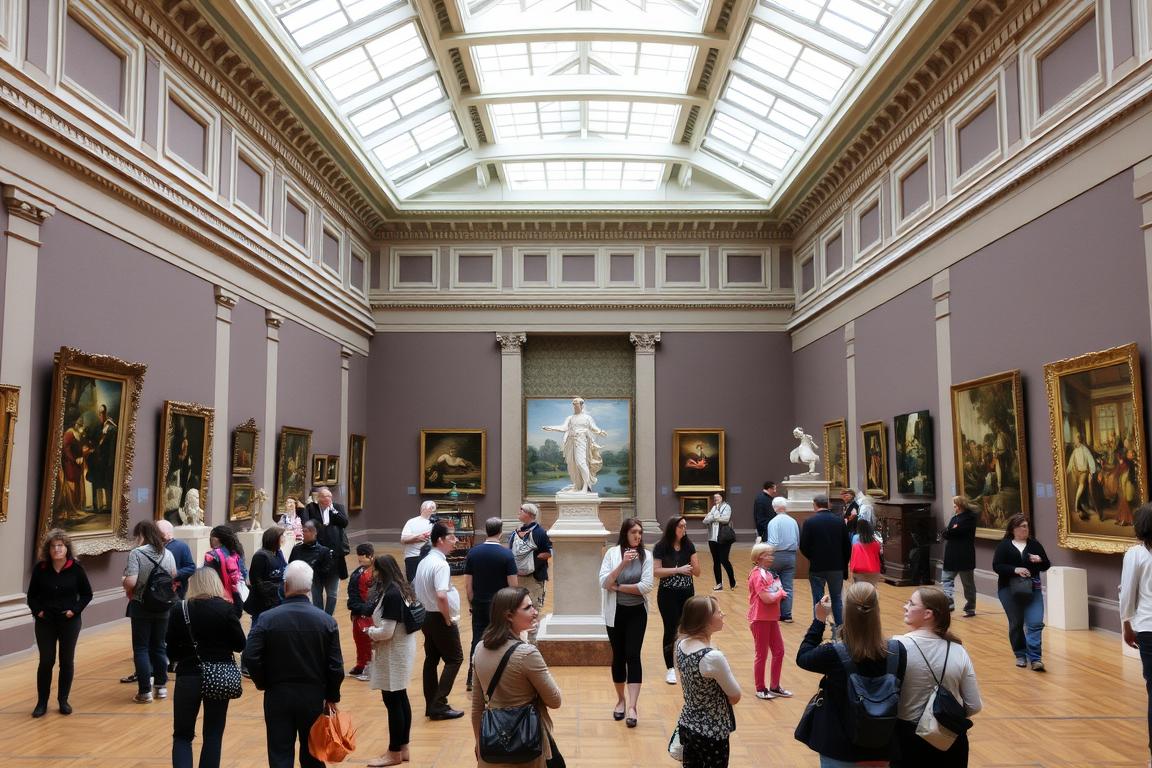
Completely Free Attractions
- National Gallery of Ireland – World-class art collection including works by Caravaggio, Vermeer, and Yeats
- National Museum of Ireland – Three Dublin locations covering archaeology, natural history, and decorative arts
- Chester Beatty Library – Stunning collection of ancient manuscripts and art from across the world
- St. Stephen’s Green – Beautiful Victorian park perfect for people-watching
- Ha’penny Bridge and River Liffey – Iconic Dublin landmarks with great photo opportunities
- Howth Cliff Walk – Spectacular coastal views just 30 minutes from the city by train
Budget-Friendly Experiences
- Traditional Music Sessions – Many pubs offer free traditional music; just buy a drink
- The Little Museum – €10 for a charming, quirky history of the city
- St. Patrick’s Cathedral – €8 entrance fee to this historic 12th-century cathedral
- Phoenix Park – Free entrance to Europe’s largest city park; €10 for Dublin Zoo within the park
- Sandeman’s Free Walking Tour – Tip-based introduction to Dublin’s highlights
- Teeling Whiskey Distillery – €17 for a tour and tasting (cheaper than Jameson)
Experience Dublin’s Literary Pub Crawl
This award-winning tour combines Dublin’s literary heritage with its pub culture. Professional actors perform works by Joyce, Beckett, and Wilde while you enjoy drinks at historic pubs.
Strategies for Avoiding Crowds
Dublin’s popularity means certain attractions can become uncomfortably crowded, especially during peak season. Here’s how to enjoy the city without the crush:
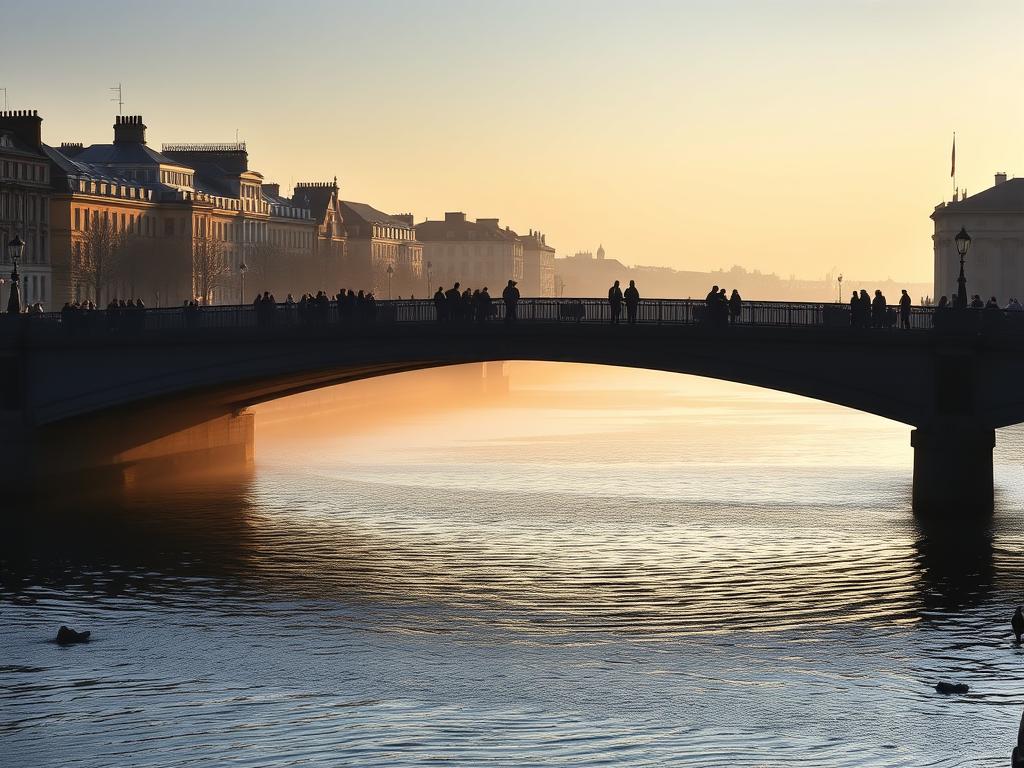
Timing Strategies
- Visit major attractions at opening time – The first hour at the Guinness Storehouse or Book of Kells is significantly less crowded
- Explore during lunch hours (1-2pm) – Many tour groups are at restaurants during this time
- Experience Temple Bar early morning – It’s actually charming and photo-worthy before 10am
- Book evening tickets for museums – The Little Museum of Dublin and EPIC offer evening slots with fewer visitors
Alternative Attractions
Skip the lines at popular sites by visiting these equally rewarding alternatives:
Instead of Guinness Storehouse
Visit the Teeling Whiskey Distillery or Roe & Co Distillery. Both offer excellent tours with smaller groups and often same-day availability.
Instead of Temple Bar pubs
Try traditional pubs like The Long Hall, Mulligan’s, or O’Donoghue’s where locals outnumber tourists and prices are more reasonable.
Instead of Book of Kells
Visit Marsh’s Library near St. Patrick’s Cathedral. Ireland’s oldest public library (1707) has a fascinating collection and rarely has lines.
Instead of Castle tours
Explore the Chester Beatty Library within the castle complex. It’s free, rarely crowded, and houses an incredible collection of ancient manuscripts.
Important: For unavoidably popular attractions like the Guinness Storehouse and Kilmainham Gaol, booking tickets online in advance is essential. Kilmainham often sells out 2-3 weeks ahead during summer.
Transportation: What You Need to Know
Dublin’s compact center makes it highly walkable, but knowing your transportation options will enhance your experience and save money:
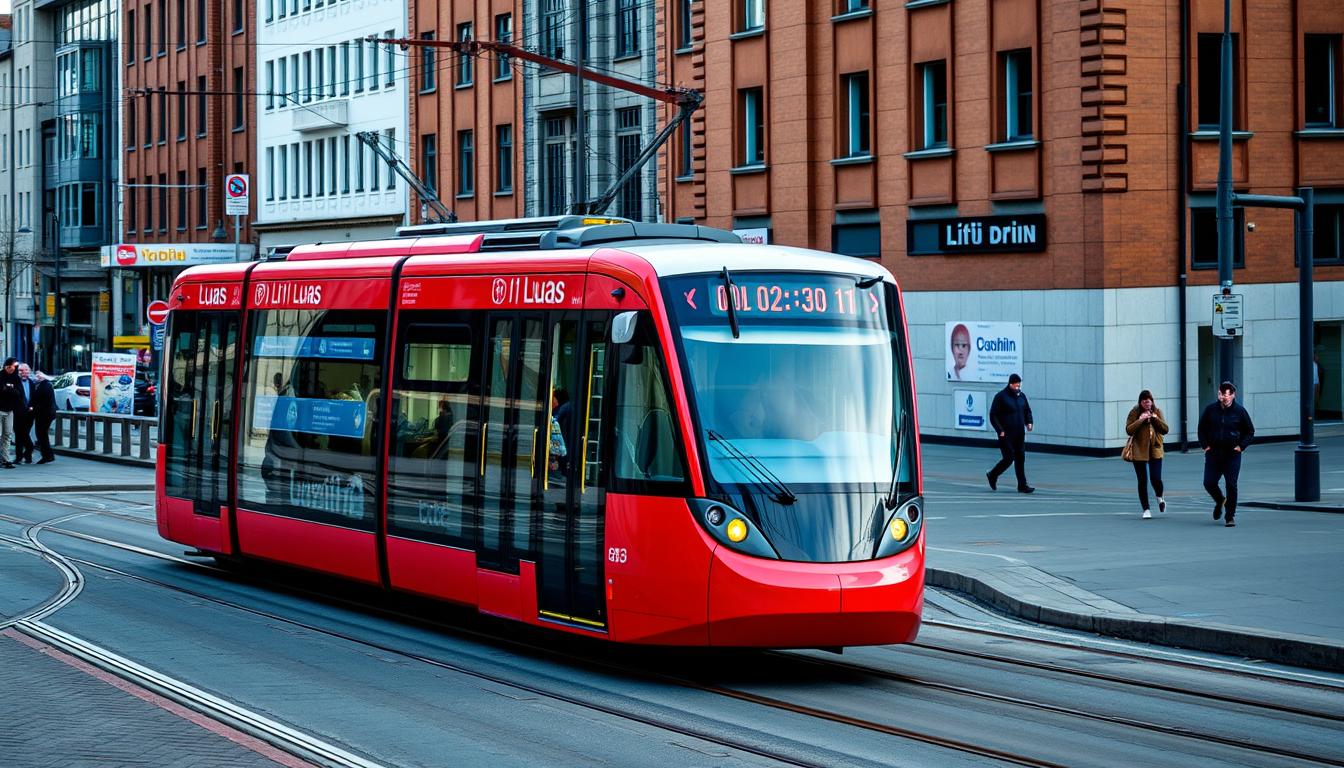
Getting Around
- Walking – Most attractions are within a 20-30 minute walk of each other in the city center
- Luas – The tram system is fast and reliable for longer distances (€2-3 per journey)
- Bus – Extensive network but can be slow due to traffic (€2-3 per journey)
- DART – Coastal train perfect for day trips to Howth, Malahide, or Bray (€3-7 round trip)
- Leap Card – Reloadable transport card that saves 30% on fares; available at convenience stores
Money-Saving Tip: The 3-day Leap Visitor Card costs €20 and covers unlimited travel on all public transport, including the bus from the airport. It typically pays for itself in 4-5 journeys.
From Airport to City Center
Aircoach
€7 one-way, €12 return. Comfortable coaches with WiFi running 24/7. Journey time: 30-45 minutes depending on traffic.
Dublin Express
€6-9 one-way. Slightly faster service with fewer stops. Journey time: 25-40 minutes.
Public Bus (16/41)
€2-3 with Leap Card. More stops but significantly cheaper. Journey time: 45-60 minutes.
Taxi
€25-35 depending on destination and time of day. Convenient but expensive. Journey time: 20-40 minutes.
Best Day Trips from Dublin
One of Dublin’s greatest advantages is its position as a gateway to explore more of Ireland. These day trips offer a perfect complement to your Dublin stay:

Howth
Just 30 minutes from Dublin by DART train, this fishing village offers spectacular cliff walks, fresh seafood, and harbor views. Perfect for a half-day escape from the city.
Glendalough & Wicklow Mountains
Explore the “Garden of Ireland” with its 6th-century monastic settlement, lakes, and mountain scenery. Just 1.5 hours from Dublin but feels worlds away.
Cliffs of Moher
Ireland’s most famous natural attraction. It’s a long day trip (12+ hours) but worth it for the breathtaking 700-foot cliffs and wild Atlantic views.
Local Tip: If you have limited time, choose Howth or Wicklow over the Cliffs of Moher. The Cliffs are spectacular but involve 6+ hours on a bus for just 1-2 hours at the site itself.
Where to Stay in Dublin: Honest Recommendations
Finding good-value accommodation is one of Dublin’s biggest challenges. Here are honest recommendations at different price points:
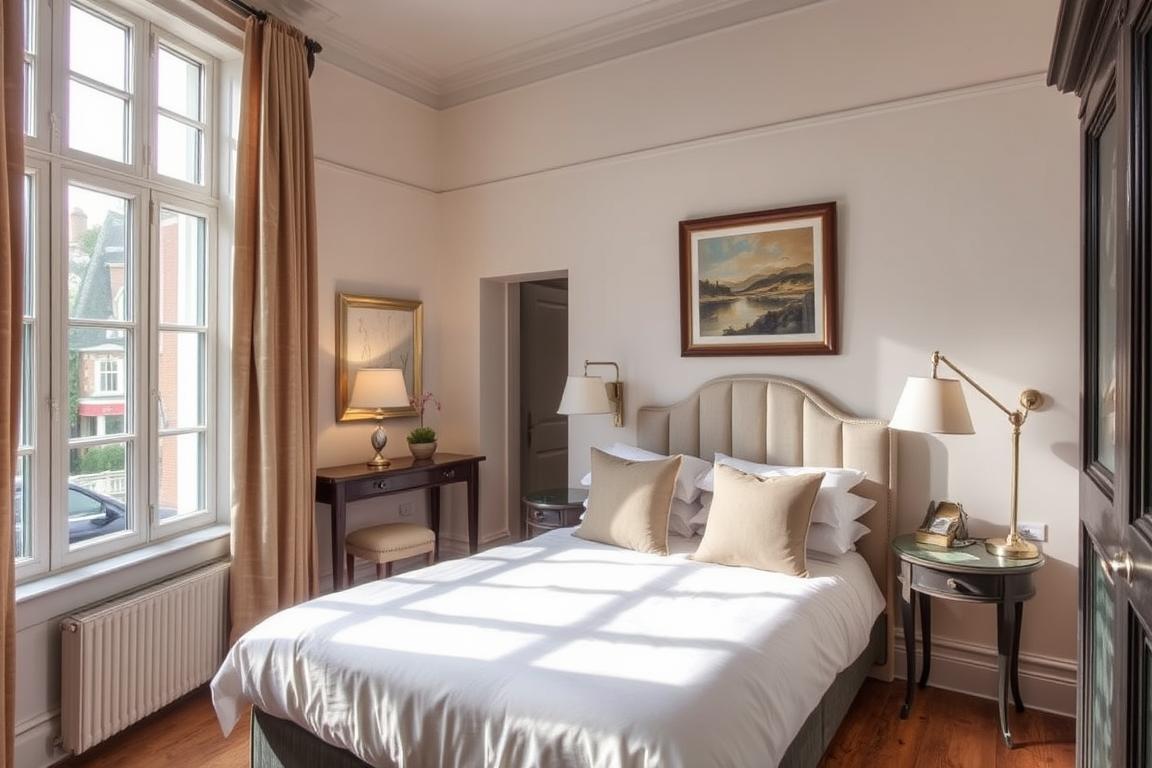
Budget Options (€80-120/night)
Abbey Court Hostel
Central location near O’Connell Street with private rooms available. Colorful, lively atmosphere with free breakfast and walking tours.
Beresford Hotel
Basic but clean rooms in a convenient location near Connolly Station. Good value by Dublin standards with a traditional Irish pub on-site.
Mid-Range Options (€120-200/night)
Stauntons on the Green
Charming guesthouse in Georgian townhouses overlooking St. Stephen’s Green. Character-filled rooms and a peaceful garden in the heart of the city.
Hendrick Smithfield
Modern hotel in the up-and-coming Smithfield area. Compact but well-designed rooms, 15-minute walk to Temple Bar but in a more authentic neighborhood.
Luxury Options (€200+/night)
The Wilder Townhouse
Boutique hotel in a Victorian townhouse with individually designed rooms. Excellent location in a residential area that’s still central.
The Shelbourne
Dublin’s grand dame hotel overlooking St. Stephen’s Green. Historic luxury where many celebrities and dignitaries have stayed. The Constitution of Ireland was drafted here.
Important: Dublin hotels book up quickly, especially from May to September. Book at least 3-4 months in advance for the best rates and availability.
5 Things Tourists Regret in Dublin
Based on conversations with fellow travelers and online reviews, these are the most common regrets visitors have after their Dublin trip:
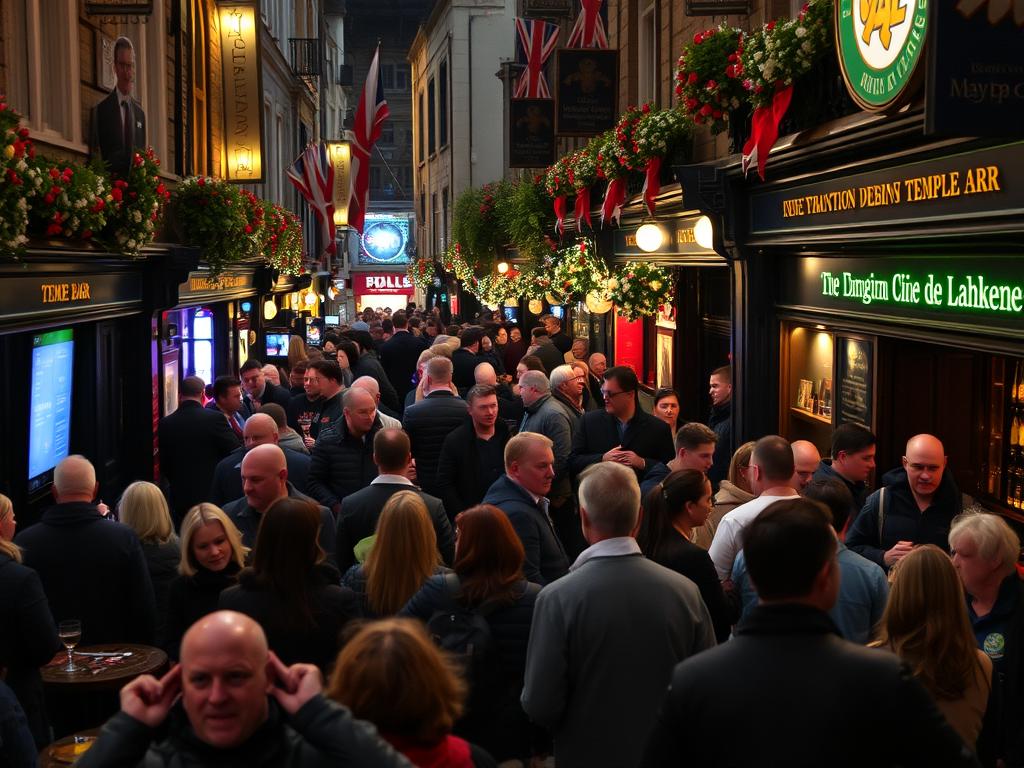
- Spending too much time in Temple Bar
Many visitors spend multiple evenings in this tourist district, missing out on authentic Dublin pubs where locals actually drink. The result? Overpriced drinks, mediocre food, and an inauthentic experience. - Not booking attractions in advance
Popular sites like Kilmainham Gaol and the Book of Kells often sell out days or weeks ahead. Visitors who arrive hoping to purchase tickets on the spot are frequently disappointed. - Underestimating the weather
Dublin’s weather is notoriously changeable. Tourists often arrive unprepared for the frequent rain showers that can occur even on seemingly sunny days, limiting their enjoyment of outdoor attractions. - Trying to see too much in too little time
Many visitors attempt to cram Dublin’s highlights into just 1-2 days while also taking day trips. This rushed approach leads to exhaustion and a superficial experience of the city. - Eating only in tourist areas
Dublin has a surprisingly good food scene, but visitors who stick to restaurant rows in tourist zones miss out on the best cuisine while paying inflated prices for mediocre meals.
“I spent three nights in Dublin and wasted two of them in Temple Bar paying €8 for a Guinness surrounded by other tourists. On my last night, a local directed me to Mulligan’s pub where I had the best pint of my trip for €5, listened to amazing music, and had great conversations with Dubliners.”
Final Verdict: Is Dublin Worth Visiting?
After weighing the pros and cons, is Dublin worth visiting? The answer depends on your expectations, interests, and travel style.
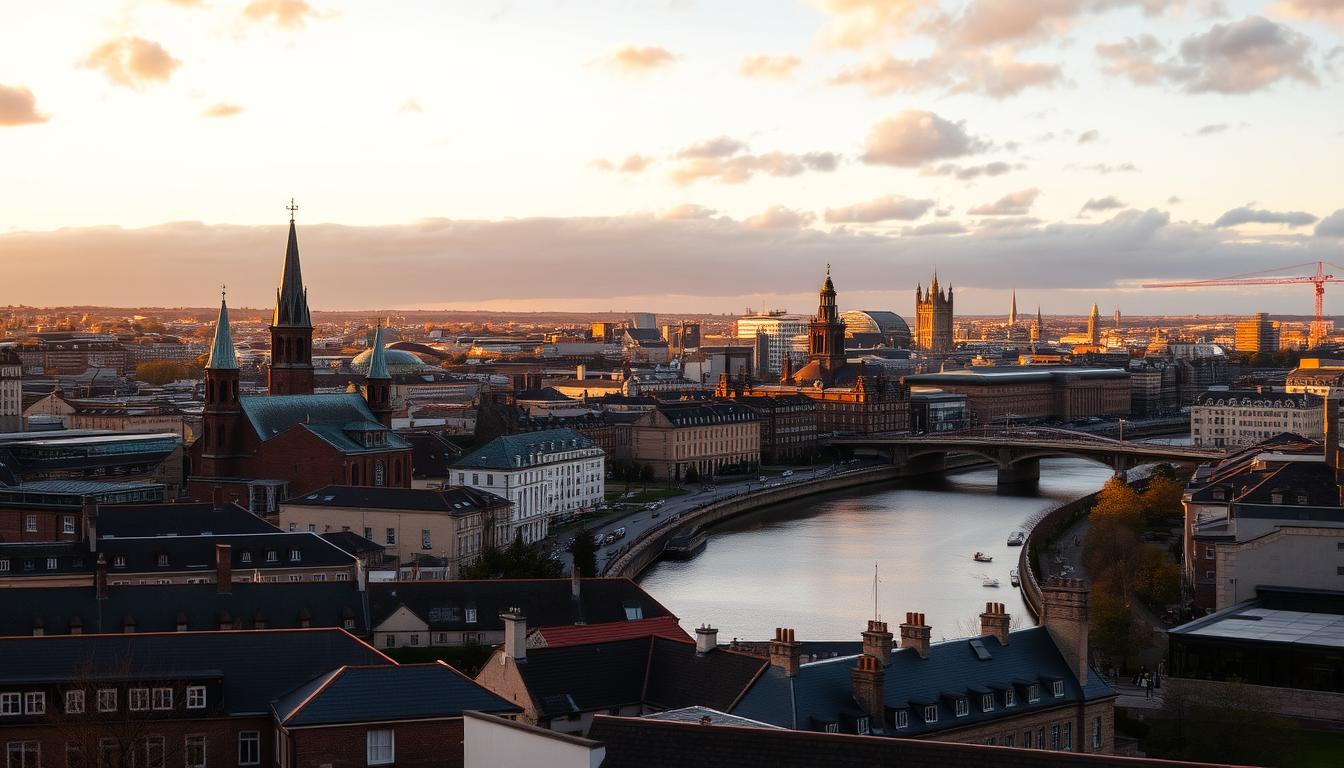
Is it worth visiting if you:
- Appreciate history, literature, and cultural experiences over scenic beauty
- Enjoy walkable cities with character-filled pubs and friendly locals
- Want to experience traditional Irish music in an authentic setting
- Plan to use it as a base to explore other parts of Ireland
- Have at least 2-3 full days to explore at a relaxed pace
Consider alternatives if you:
- Are on a tight budget (consider Belfast or Galway instead)
- Primarily want to experience Ireland’s natural landscapes (base yourself in Galway or Killarney)
- Only have one day to spend (too rushed to appreciate Dublin properly)
- Dislike urban environments and prefer small towns or countryside
Ready to Experience Dublin?
It may have its challenges, but its rich history, literary heritage, and genuine warmth make it a worthwhile destination for most travelers. Book your accommodation early, venture beyond the tourist zones, and approach the city with realistic expectations.
Dublin isn’t perfect—no city is. It’s expensive, sometimes rainy, and certain areas feel overly touristy. But beneath the surface lies a city of stories, music, and genuine character that rewards those willing to explore beyond the obvious attractions.
Whether you’re raising a pint with locals in a centuries-old pub, exploring the city’s literary heritage, or using Dublin as a gateway to Ireland’s spectacular countryside, the Irish capital offers experiences that can’t be found anywhere else.

